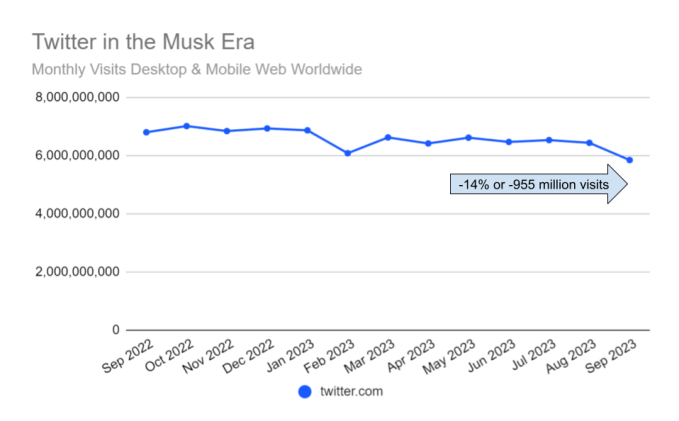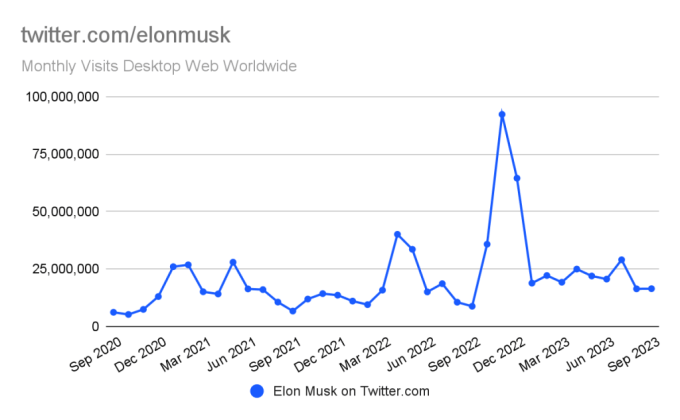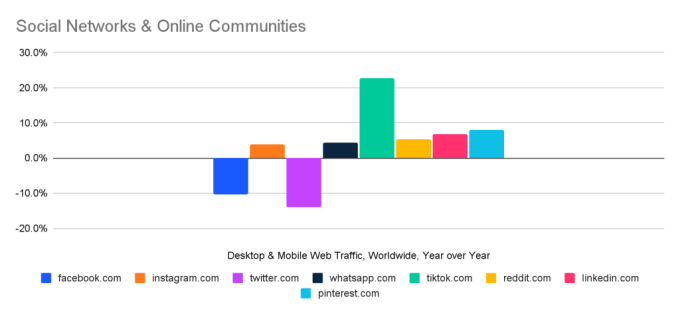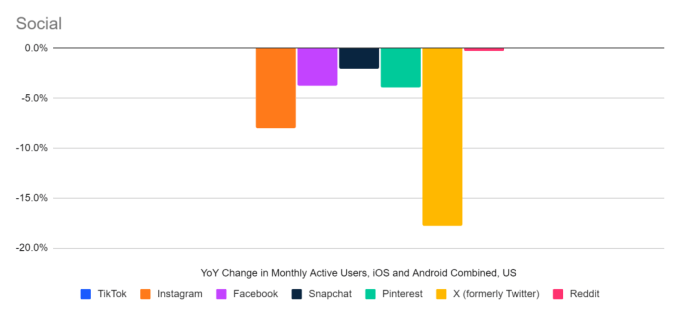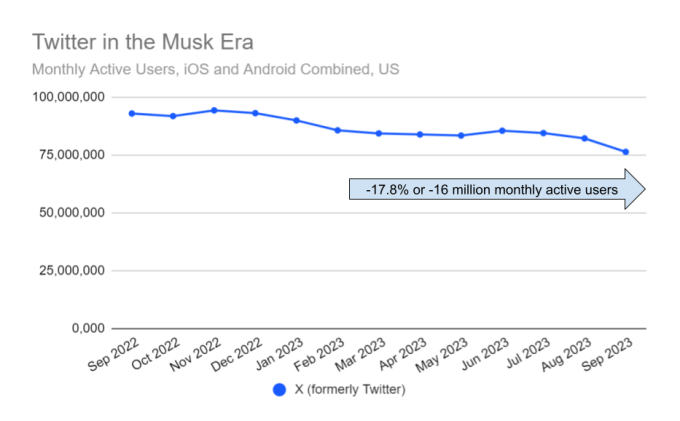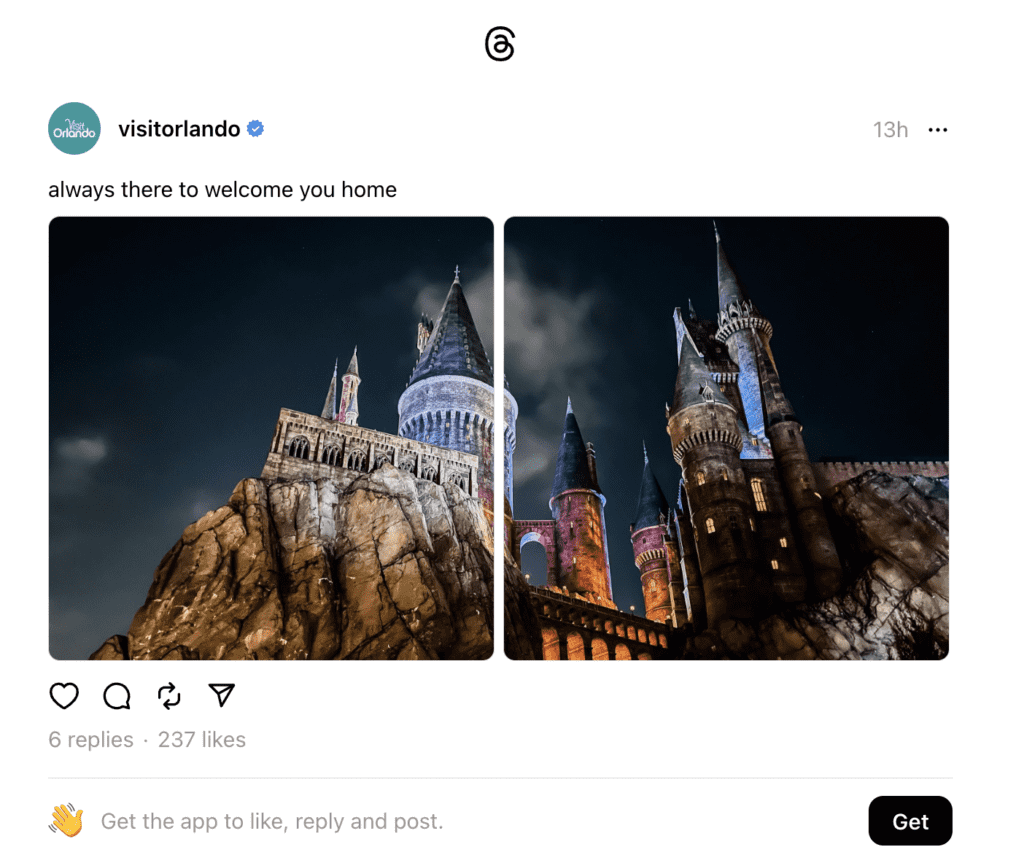By Dade Hayes
Linda Yaccarino, CEO of X, the digital platform formerly known as , told employees they are “writing history” with the stunning overhaul of the well-established brand.
In an email to employees obtained by Deadline (subject line: “X: Our Next Big Impression”), Yaccarino said Twitter “made a lasting imprint on the world” during its 17-year run. In rebranding it as X and ditching the blue bird logo, part of a move to explore new business areas like banking, payments and video, the company will “go even further to transform the global town square — and impress the world all over again,” the former NBCUniversal exec said. She went on to urge them, “Please don’t take this moment for granted. You’re writing history, and there’s no limit to our transformation.”
Yaccarino went on to declare, “Our company uniquely has the drive to make this possible. Many companies say they want to move fast — but we enjoy moving at the speed of light, and when we do, that’s X. At our core, we have an inventor mindset — constantly learning, testing out new approaches, changing to get it right and ultimately succeeding.”
Elon Musk acquired Twitter for $44 billion last fall and positioned it as the centrepiece of a company called X Corp., which he runs along with Tesla and SpaceX. He has since made a series of dramatic moves, laying off thousands of employees, restoring access to a number of users banned under prior content policies and imposing a paid verification system that will factor prominently into the evolution of X. Yaccarino, an ad sales veteran, joined as CEO in June and is working to persuade advertisers who have paused spending or pulled out altogether that the platform can once again be a safe and effective place for their ad dollars.
The internal memo was a somewhat more focused version of a series of tweets (Xs?) Yaccarino had posted earlier, drawing side-eyes and scepticism on the company’s own platform. “X is the future state of unlimited interactivity – cantered in audio, video, messaging, payments/banking – creating a global marketplace for ideas, goods, services, and opportunities,” she wrote. “Powered by AI, X will connect us all in ways we’re just beginning to imagine.”
As workers in San Francisco began prying the “Twitter” letters off the side of the corporate headquarters and preparing the white-on-black replacement, reactions circulated on the platform. For now, it still has its long-time domain name and interface, though the bird logo has been replaced by an “X,” and users seemed suspicious of the plan. ESPN NFL analyst Mina Kimes quote-tweeted Yaccarino: “Enjoyable to imagine Kendall Roy saying this to investors.” (Comedian and Twitch gamer Andy Cortez obliged by reading the tweet as Kendall Roy (with a few expletives thrown in). Eric Idle proposed, “Perhaps it should be called Twatter after the owner?”
Tech media personality Kara Swisher was among those replying directly to Yaccarino: “Sounds dandy, but big issue here is that you must deliver. So far under Elon regime” and completing the thought with a GIF of a worker throwing shipping boxes at a conveyor belt.
Here’s Yaccarino’s full memo:
Hi team,
What a momentous weekend. As I said yesterday, it’s extremely rare, whether it’s in life or in business, that you have the opportunity to make another big impression. That’s what we’re experiencing together, in real time. Take a moment to put it all into perspective.
17 years ago, Twitter made a lasting imprint on the world. The platform changed the speed at which people accessed information. It created a new dynamic for how people communicated, debated, and responded to things happening in the world. Twitter introduced a new way for people, public figures, and brands to build long lasting relationships. In one way or another, everyone here is a driving force in that change. But equally all our users and partners constantly challenged us to dream bigger, to innovate faster, and to fulfil our great potential.
With X we will go even further to transform the global town square — and impress the world all over again.
Our company uniquely has the drive to make this possible. Many companies say they want to move fast — but we enjoy moving at the speed of light, and when we do, that’s X. At our core, we have an inventor mindset — constantly learning, testing out new approaches, changing to get it right and ultimately succeeding.
With X, we serve our entire community of users and customers by working tirelessly to preserve free expression and choice, create limitless interactivity, and create a marketplace that enables the economic success of all its participants.
The best news is we’re well underway. Everyone should be proud of the pace of innovation over the last nine months — from long form content, to creator monetization, and tremendous advancements in brand safety protections. Our usage is at an all time high and we’ll continue to delight our entire community with new experiences in audio, video, messaging, payments, banking – creating a global marketplace for ideas, goods, services, and opportunities.
Please don’t take this moment for granted. You’re writing history, and there’s no limit to our transformation. And everyone, is invited to build X with us.
Elon and I will be working across every team and partner to bring X to the world. That includes keeping our entire community up to date, ensuring that we all have the information we need to move forward.
Now, let’s go make that next big impression on the world, together.
Linda
Feature Image Credit: Linda Yaccarino Getty/Courtesy





